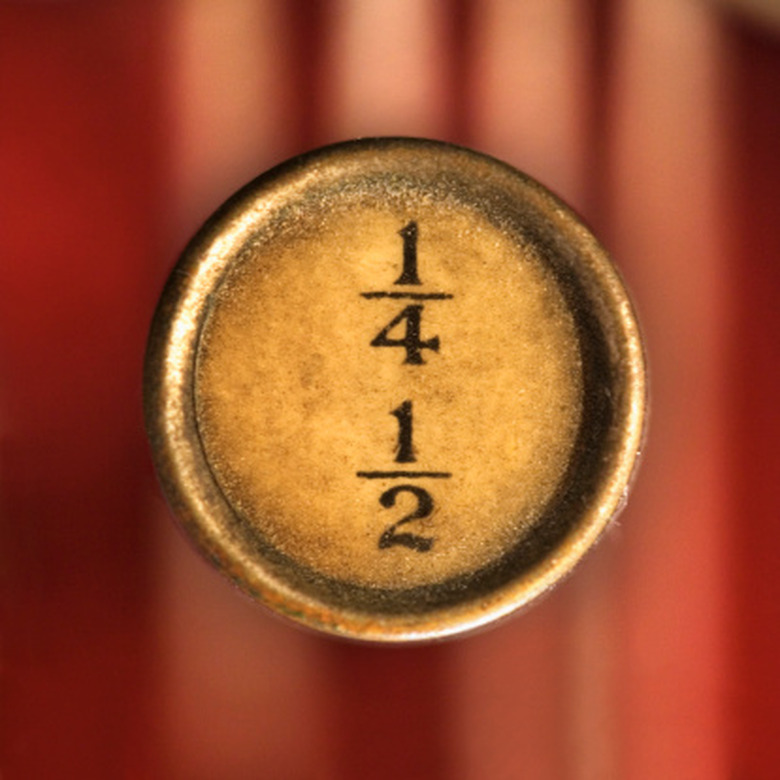How To Convert A Mixed Number To A Fractional Notation
Numbers can be written in different forms. A mixed number is the sum of a whole number and a proper fraction. A proper fraction is a fraction in which the numerator is smaller than the denominator. Any whole number can itself be turned into a fraction and, consequently, a mixed number can the converted into a single fraction. This fraction will be an improper fraction, or a fraction where the numerator is larger than the denominator.
Step 1
Look at the mixed number and identify the whole number component and the fraction component. The fraction consists of a numerator on top and denominator on bottom.
Step 2
Convert the whole number into a fraction by multiplying it by the denominator of the fraction component of the mixed number and then placing this number over the denominator. For example, if the mixed number is 3 and 4/5, we multiply 3 by 5 and place this over 5, thus getting 15/5.
Step 3
Add the fraction component of the mixed number to the fraction obtained in Step 2 (the converted whole number). Add only the numerators of the two fractions and leave the denominators the same. For example, 15/5 plus 4/5 is equal to 19/5. The result is the mixed number converted into fractional notation.
References
- "Practical Algebra: A Self-Teaching Guide, Second Edition"; Peter Selby and Steve Slavin; 1991
Cite This Article
MLA
Francesca, Emma. "How To Convert A Mixed Number To A Fractional Notation" sciencing.com, https://www.sciencing.com/convert-mixed-number-fractional-notation-8649639/. 24 April 2017.
APA
Francesca, Emma. (2017, April 24). How To Convert A Mixed Number To A Fractional Notation. sciencing.com. Retrieved from https://www.sciencing.com/convert-mixed-number-fractional-notation-8649639/
Chicago
Francesca, Emma. How To Convert A Mixed Number To A Fractional Notation last modified March 24, 2022. https://www.sciencing.com/convert-mixed-number-fractional-notation-8649639/
